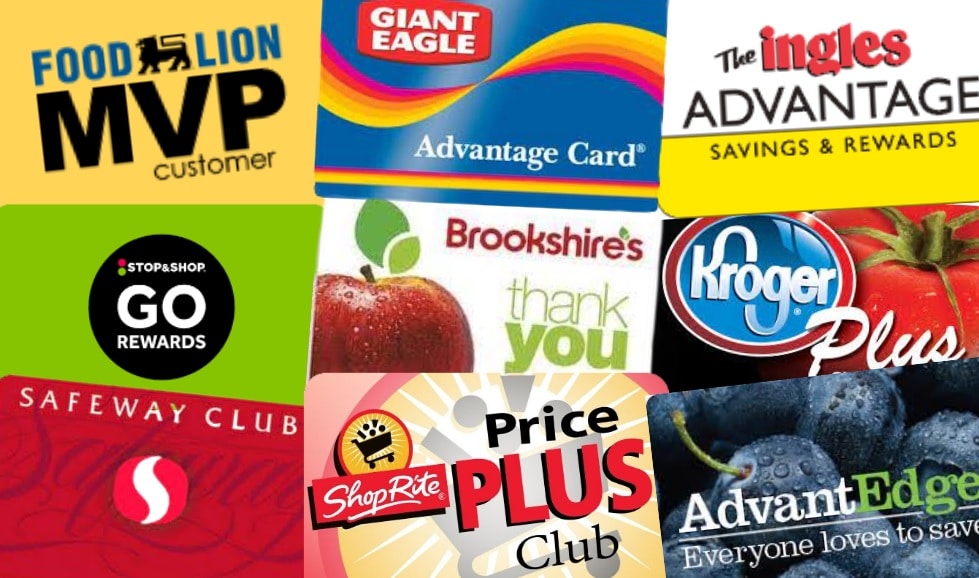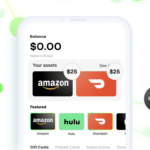
When you join a grocery loyalty program, are you looking for status-building badges and boosts, members-only perks and privileges – or just a way to save money on your groceries? Some loyalty programs feature a wide range of bells and whistles. But what most of their members want these days, are coupons and deals.
The digital marketing technology company Eagle Eye offered the not-surprising conclusion that loyalty program members want savings – and the somewhat-surprising conclusion that retailers don’t always seem to realize that – in its new report, “Grocery’s Great Loyalty Opportunity.”
Loyalty programs must focus on “giving consumers what they want,” the report declares. “And what consumers want is value.”
Eagle Eye surveyed shoppers around the world, along with nearly 200 loyalty program managers, to see what shoppers want from a loyalty program, what retailers think they want, and how often they actually align.
With inflation having a greater impact on grocery budgets, shoppers are looking to save wherever they can. Some are cutting back on restaurant dining, vacationing and other nonessential spending to devote more money to their everyday needs. Since “the routine stock-up on food and pantry items is essential for most consumers,” the report notes, groceries are “one of the last household budget items to be cut.”
Nevertheless, a majority of grocery shoppers say they use various money-saving techniques more now than they have in the recent past. Among American shoppers, 62% are buying more items on sale, 53% are clipping coupons more often, and 48% are shopping at discount stores. Only 4% said they “don’t worry about saving money when shopping.” Must be nice.
More than two-thirds say they belong to at least one grocery loyalty program – at a time when many shoppers are less loyal than ever. They’re shopping around and looking for deals, and willing to switch brands or stores if it will help them save money. So in order for a loyalty program to live up to its name, Eagle Eye says a retailer must position its program as “a vehicle to realize value.” That’s what shoppers say they want, after all – when asked what they consider the number-one benefit of the loyalty programs they belong to, about two-thirds said “value” or “discounts.”
Sure, you can scan your loyalty card or punch in your phone number to get a discount or load a digital coupon to your account. But there’s a lot more that a loyalty program can offer, and a lot that retailers can learn from what shoppers say they want. 76% of shoppers said retailers should offer more private label products to help them save money, while only 41% of grocery loyalty program managers plan to offer more. 71% of shoppers liked the idea of real-time offers, sent to their phone while they shop, but only 36% of loyalty program managers thought such offers would be effective. And 66% of shoppers said they’d be willing to participate in games, contests or challenges to earn discounts through a company’s loyalty program, while retailers ranked that dead last on a list of features they think would resonate with their customers.
Real-time offers, games and contests sure sound like a lot of bells and whistles. But the bottom line for a successful loyalty program, the report concludes, is “helping shoppers achieve their most important stated priority: saving at the shelf.”
The good news is that the majority of retailers say they’re at least trying to serve that fundamental need. 86% say they’ve offered loyalty program members deeper discounts and more promotions over the past year, and 55% of those plan to provide deeper discounts across a greater range of items in the months to come. Brands and retailers are also getting pinched by higher costs, though, leading 23% of retailers to worry that they won’t be able to offer deep enough discounts to attract customers. Thankfully, only 4% said “we’re offering fewer promotions because they’re less efficient in the current economic environment.”
“Grocery retailers are uniquely positioned to use their loyalty programs to deliver the savings their customers demand and the experiences they’ve come to expect,” Eagle Eye CEO Tim Mason said in a statement. “It will be those companies that are courageous enough to rethink their engagement strategies, and give consumers what they want and need, that will earn their loyalty for years to come.”
Groceries are expensive. But customer loyalty doesn’t come cheap. Shoppers are already well aware of that first point. Now it’s up to retailers to ensure they understand the second.










